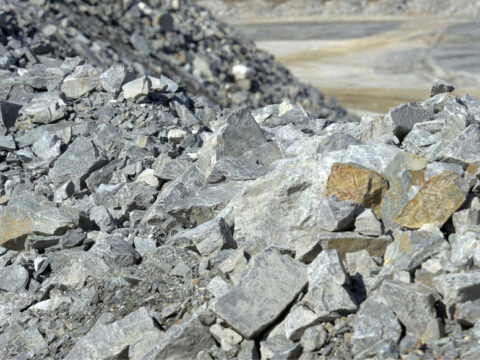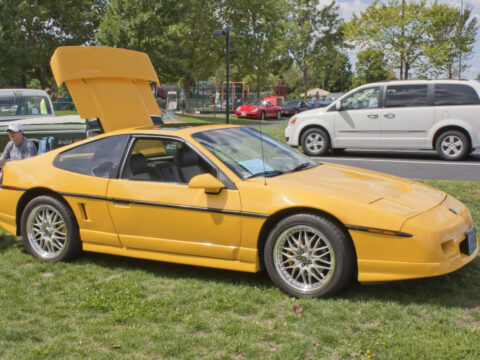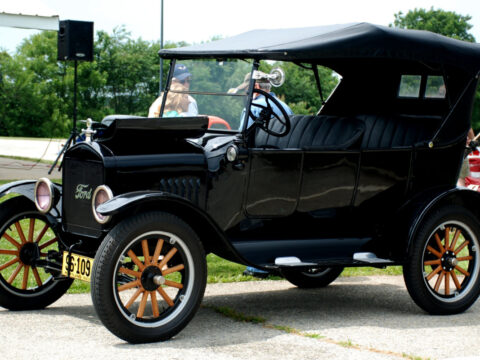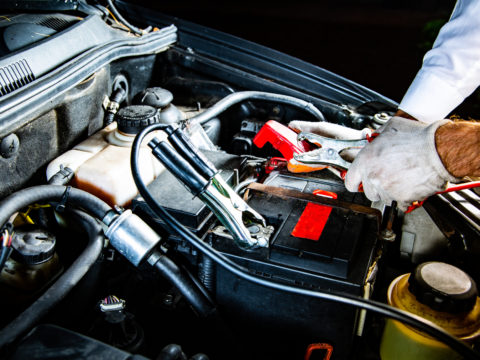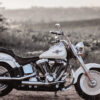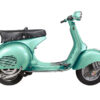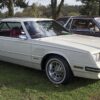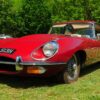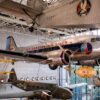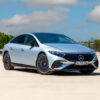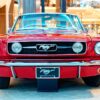From the Ford Deluxe’s Art Deco flair to the Jaguar XK120’s record-setting speed, from the rugged resilience of the Jeep Willys MB to the futuristic vision of the Tucker 48, these cars not only defined a decade but also set the stage for the evolution of the automobile.
Contents
1940 Ford Deluxe
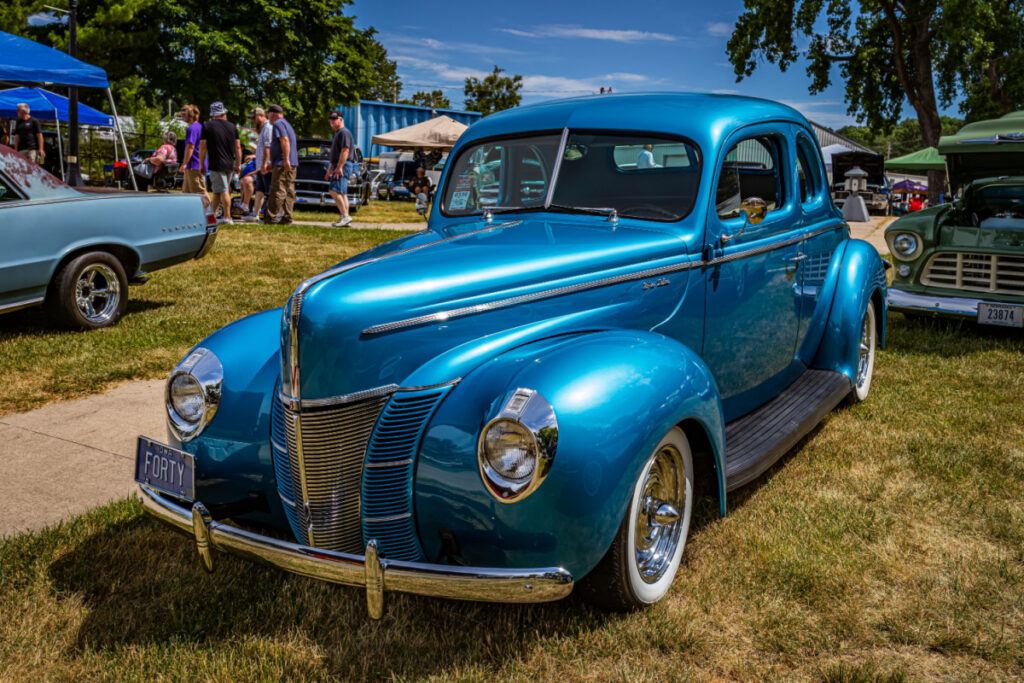
The Ford Deluxe is iconic due to its Art Deco styling and reliable mechanicals. Its teardrop headlamps and “alligator” hood were groundbreaking in design, and its powerful V8 engine made it popular among everyday motorists and moonshine runners.
1940 Cadillac Series 62
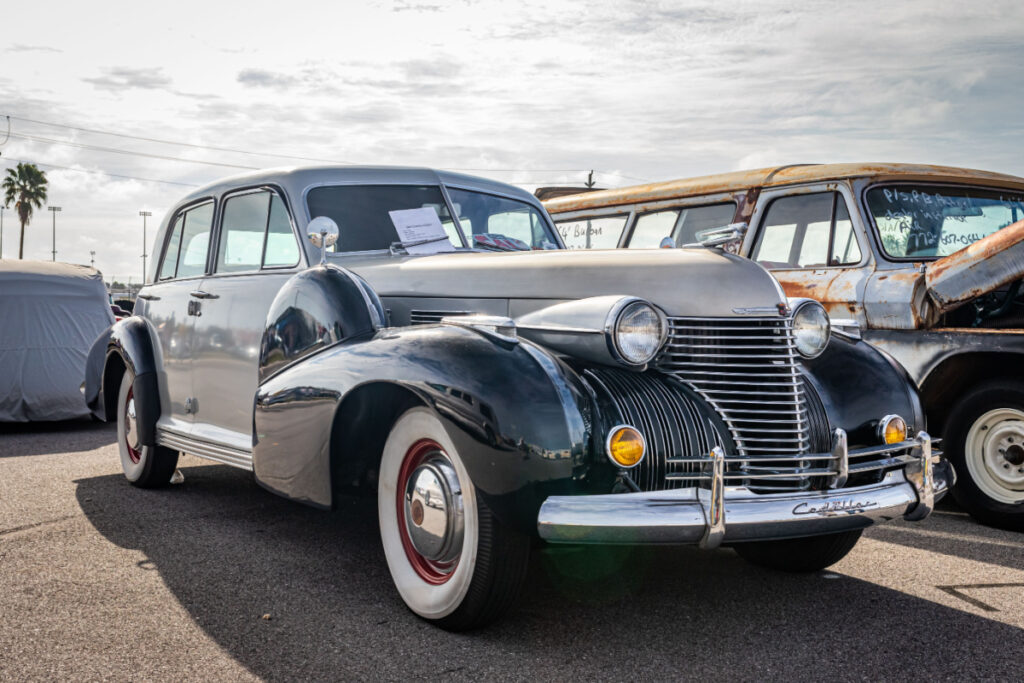
The Series 62 introduced Cadillac’s “Torpedo” body style, characterized by streamlined design and an emphasis on comfort and ride quality. Its high level of luxury and craftsmanship cemented Cadillac’s reputation as a top-tier automaker.
1941 Jeep Willys MB
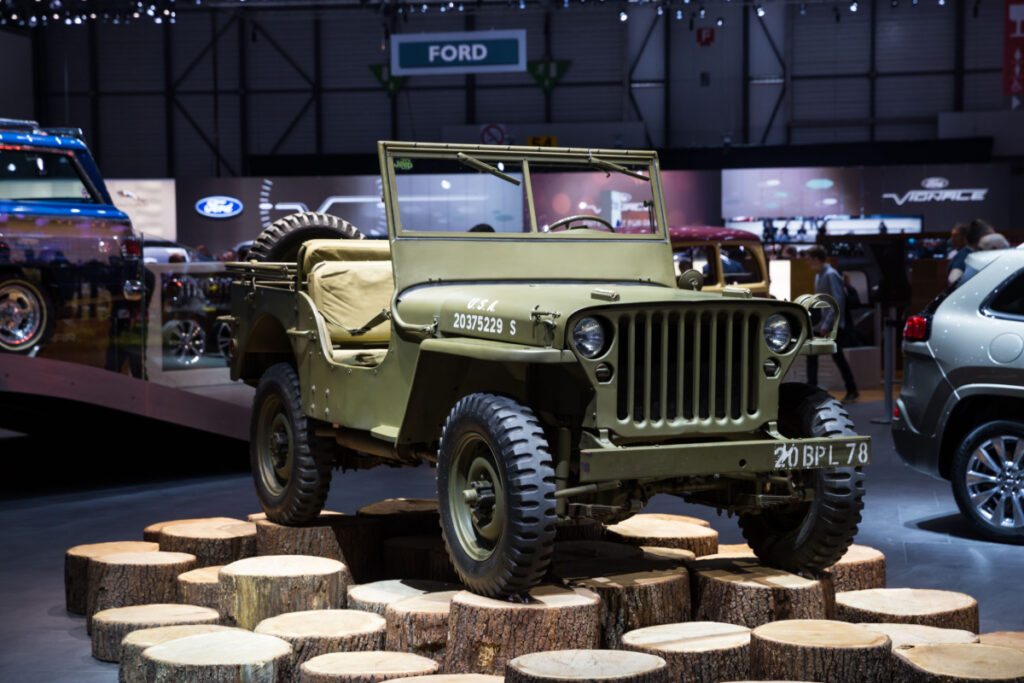
The Willys MB, known as the “Jeep,” was built for the U.S. military during World War II. Its ruggedness, reliability, and off-road capabilities made it a favorite among soldiers, and it’s considered the grandfather of all modern SUVs and off-road vehicles.
1947 MG TC
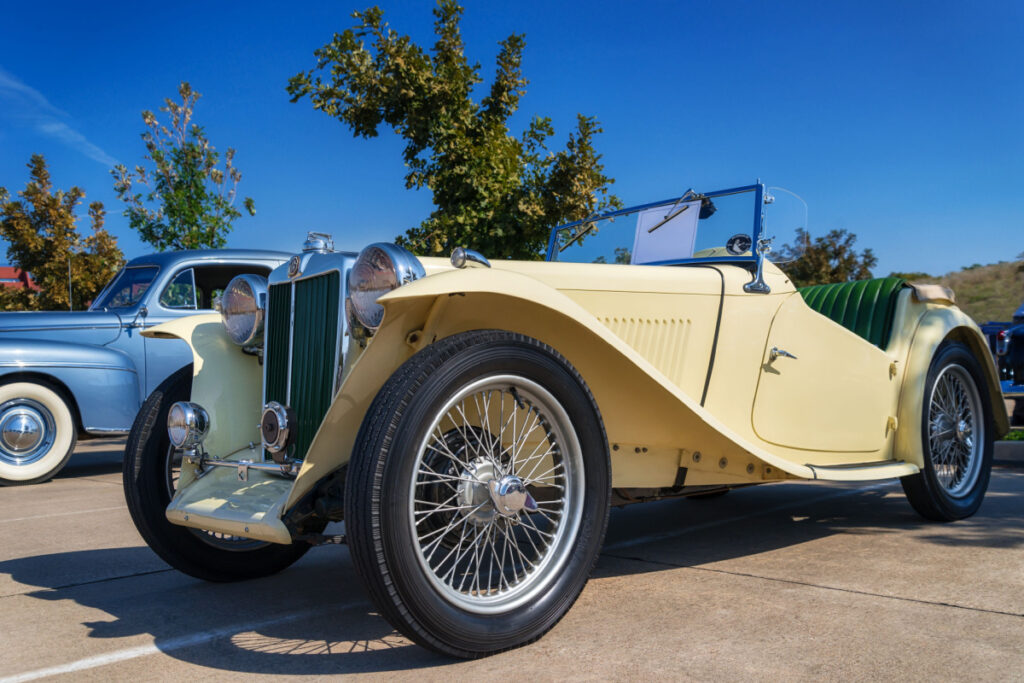
The MG TC was the first British sports car to gain popularity in the U.S., sparking America’s post-war sports car boom. Its lively performance, nimble handling, and open-air appeal made it a hit with American drivers.
1948 Ford F-Series
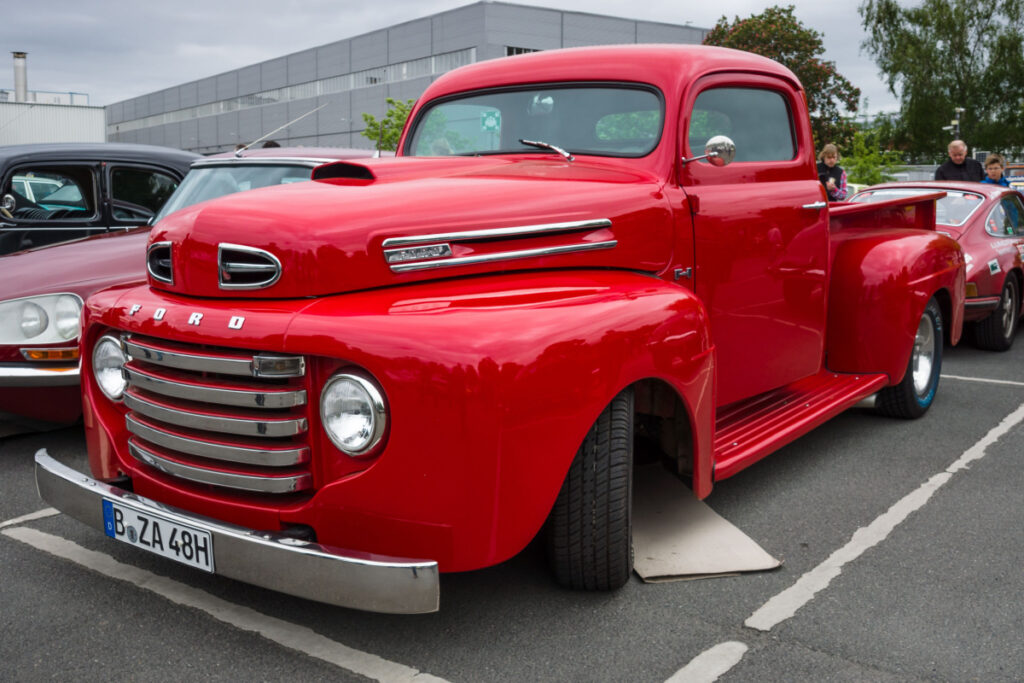
The F-Series was Ford’s first post-war truck design. Its rugged build, versatility, and wide range of body styles made it a hit with businesses and individual buyers, launching a line still in production today.
1948 Jaguar XK120
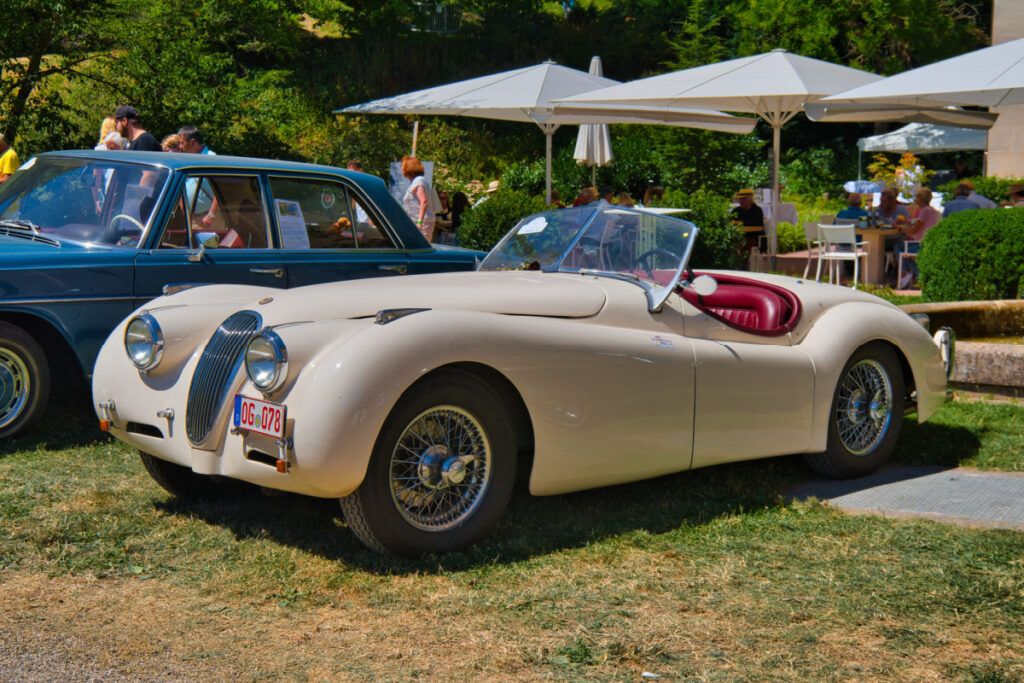
Known for its beautiful design and powerful engine, the XK120 was the fastest production car in the world when it was introduced. It brought Jaguar into the spotlight globally and set a new standard for sports cars.
1948 Tucker 48
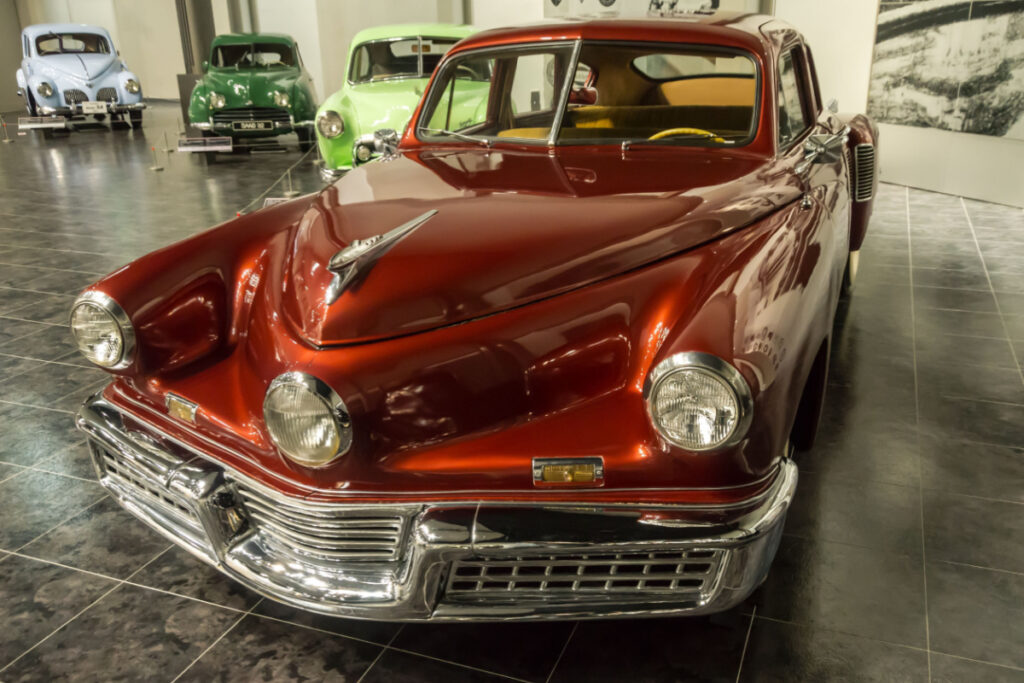
Despite only 51 units being produced, the Tucker 48, also known as the “Tucker Torpedo,” became famous for its advanced safety features like the directional third headlight and its futuristic, aerodynamic design.
1949 Ford Custom

The ’49 Ford Custom, with its “shoebox” design, marked a major stylistic change in American cars. Its integrated fenders and sleek lines influenced car design in the 1950s.
1949 Mercury Eight
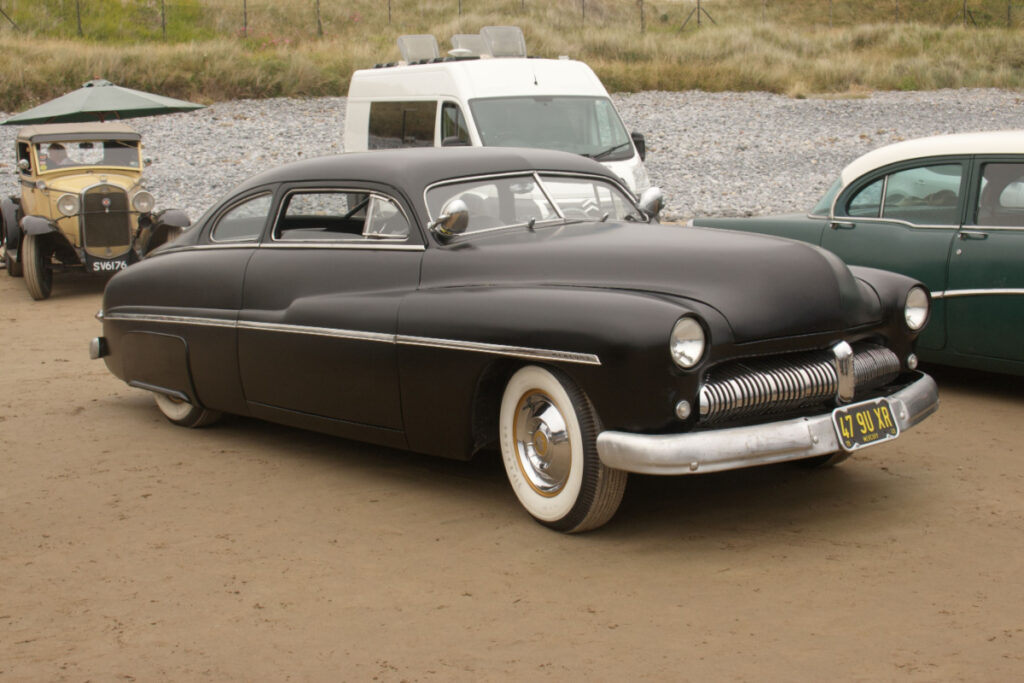
The Mercury Eight was popular in the late ’40s due to its stylish design and powerful flathead V8. It also gained fame as the hot rod driven by James Dean in the film “Rebel Without a Cause.”
1949 Oldsmobile Rocket 88
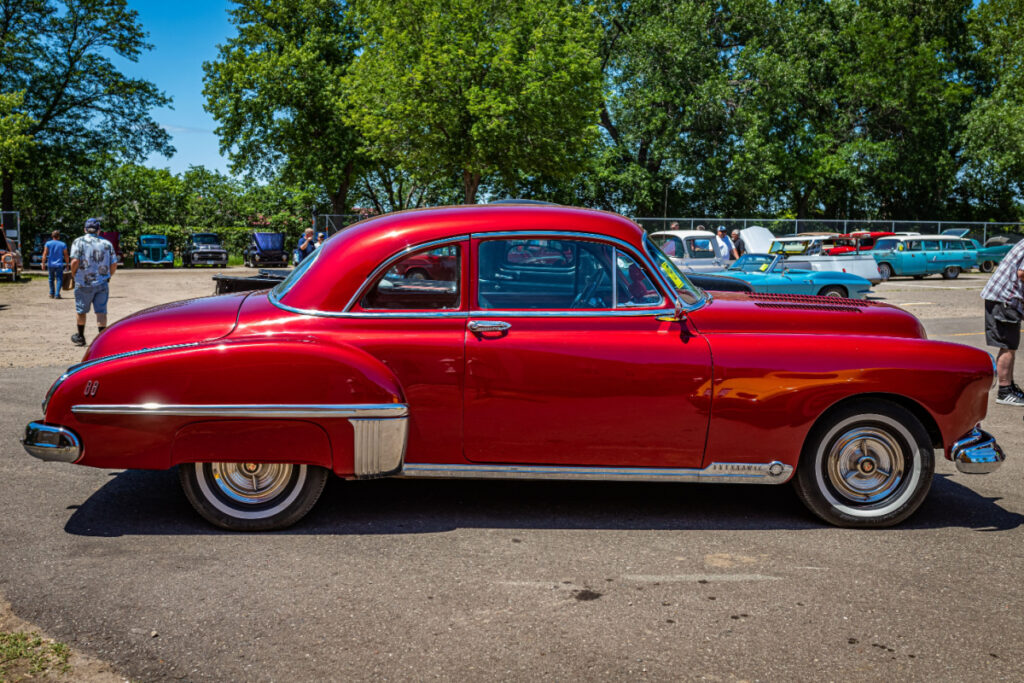
The Rocket 88 is often credited as the first muscle car. Its powerful V8 engine and relatively light body made it popular among performance enthusiasts and significantly impacted American car culture.
1949 Volkswagen Beetle
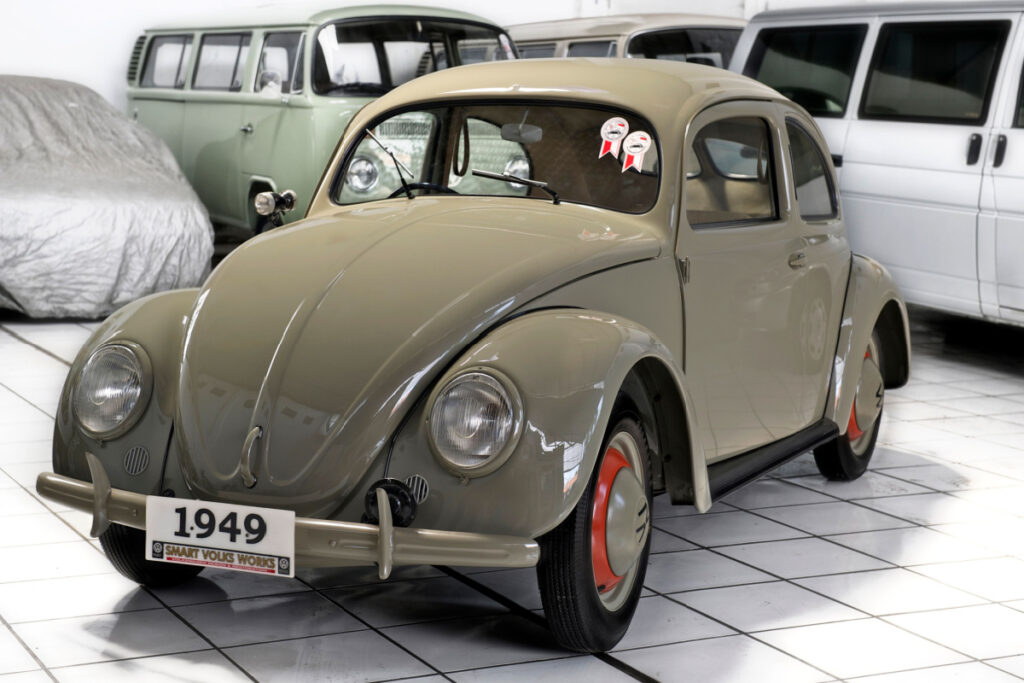
While the Beetle was introduced earlier in Germany, it gained popularity in the post-war era with its unique design and economical operation. Despite its small size, it was surprisingly roomy, and its air-cooled rear engine made it practical and durable.
1946 Chevrolet Fleetline

The Chevrolet Fleetline was popular for its aerodynamic “fastback” design, which was a trendsetter in the immediate post-war period. With its smooth lines and affordable price, it appealed to consumers looking for stylish yet practical transportation. The Fleetline featured Chevrolet’s reliable inline-six engine and was one of the first models to be produced after World War II, symbolizing a return to normalcy and the American automotive industry’s recovery.
1949 Cadillac Series 61
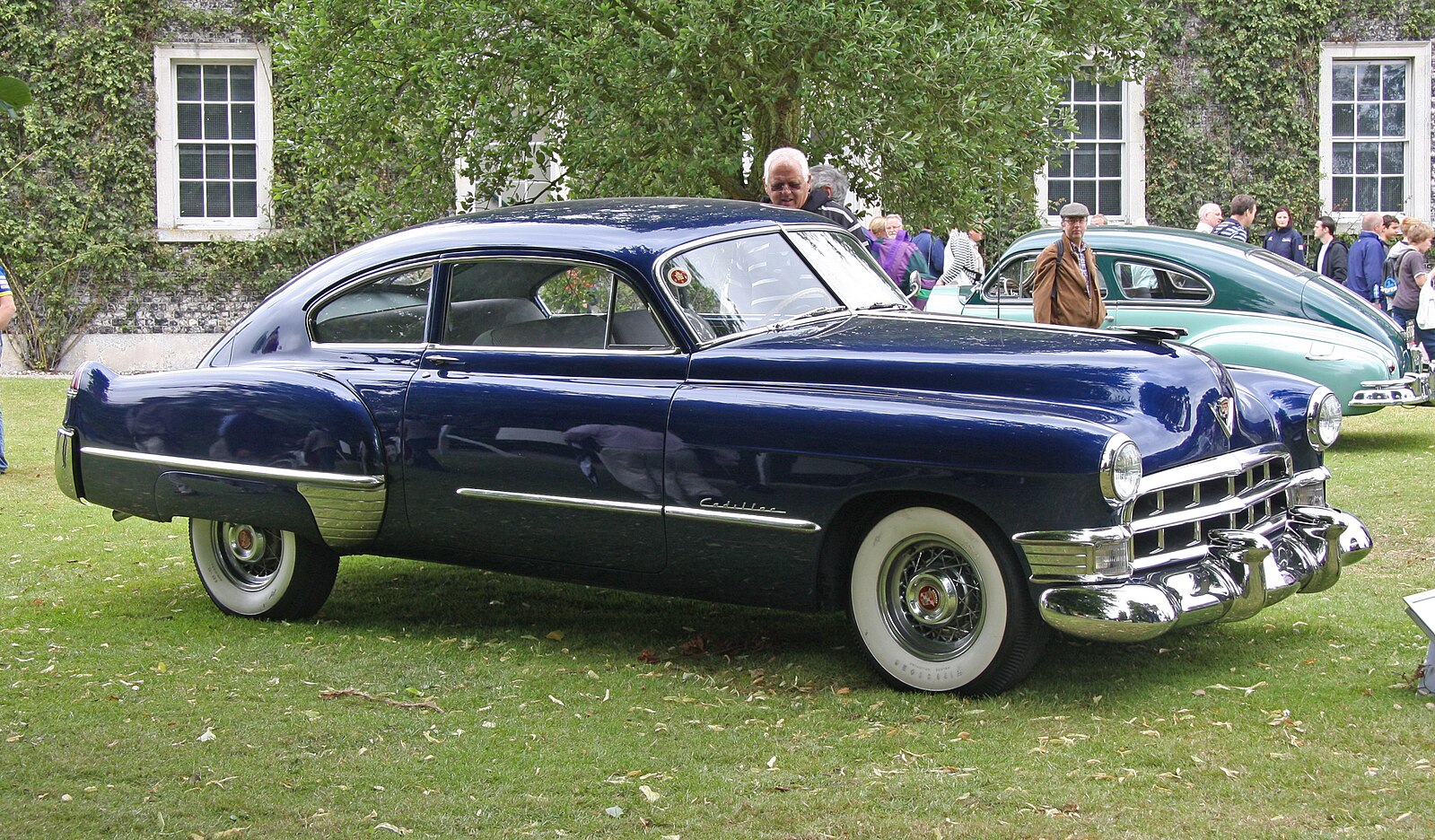
The Cadillac Series 61 helped define luxury in the late 1940s with its advanced engineering and elegant design. It was one of the first cars to offer an automatic transmission, the Hydra-Matic, which set a new standard for driving ease and comfort. Its powerful V8 engine and luxurious appointments made it a symbol of status and success in post-war America.
1948 Chrysler Town & Country
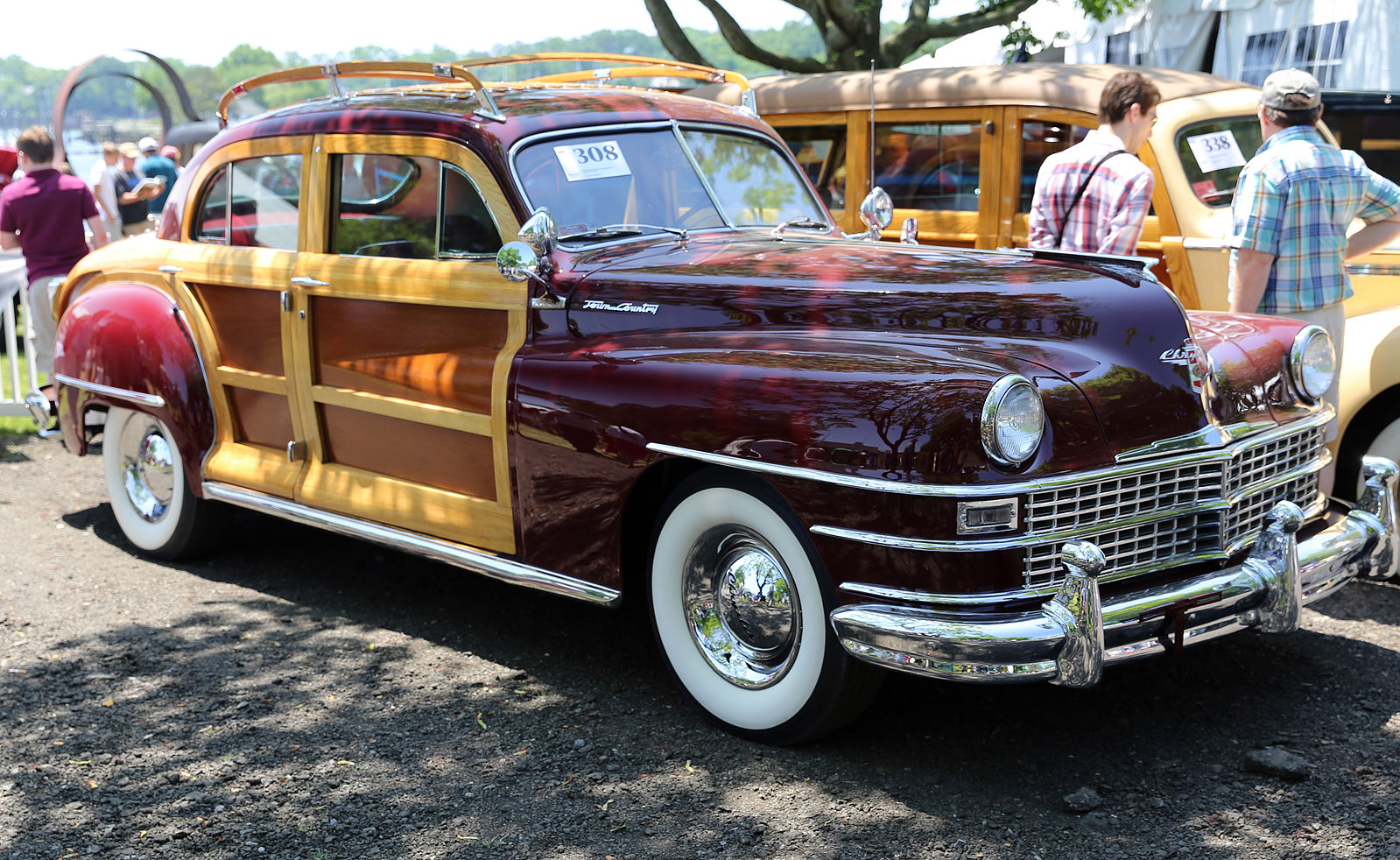
Known for its distinctive wood-panel bodywork, the Chrysler Town & Country combined luxury with a unique style that stood out among its contemporaries. The “woody” design was both nostalgic and upscale, appealing to affluent buyers who desired a car that was both practical and stylish. It featured a spacious interior and was powered by a robust inline-eight engine.
1940 Packard One-Twenty
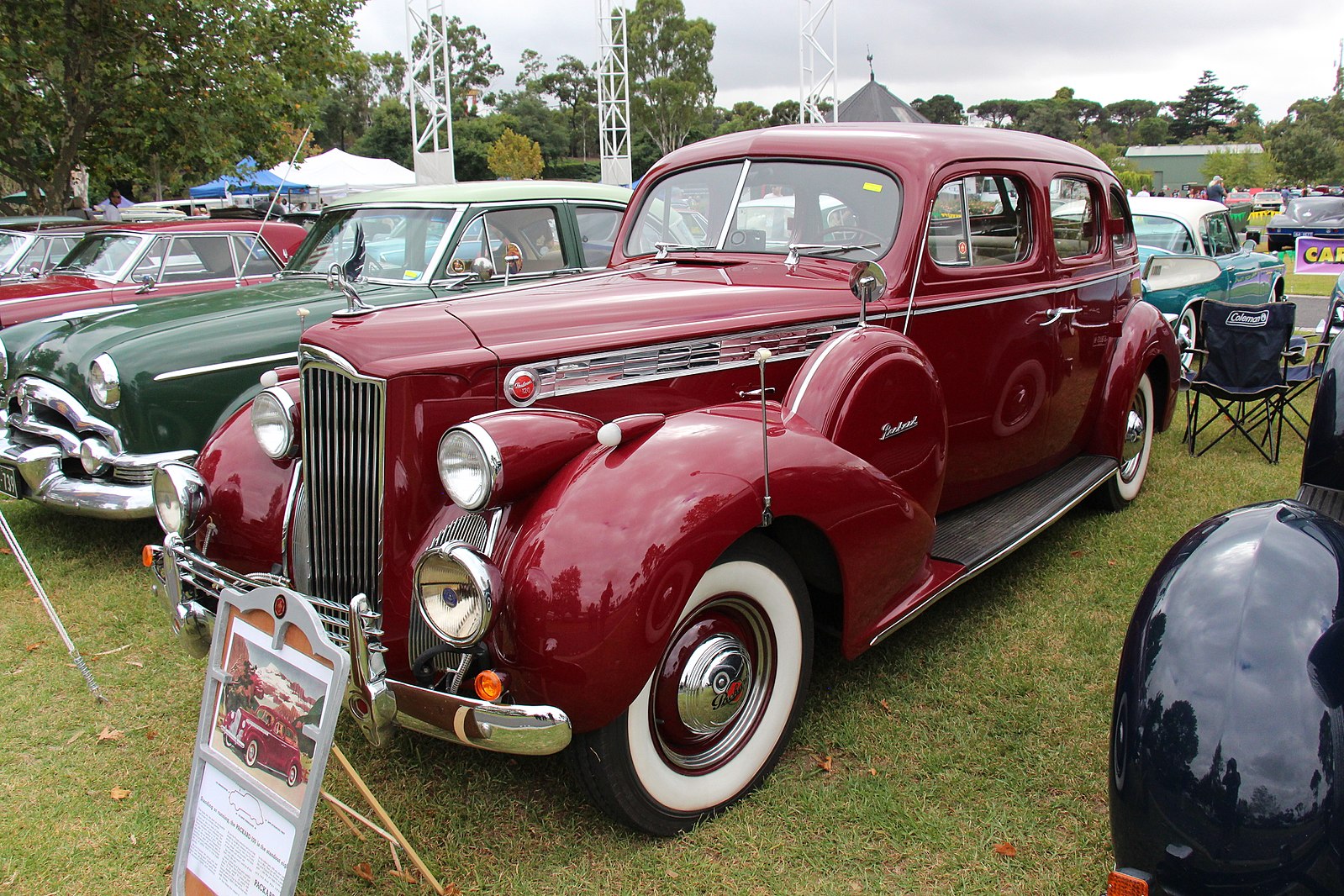
The Packard One-Twenty brought luxury features to a more accessible price point, helping to broaden Packard’s appeal during the uncertain economic times of the early 1940s. Its smooth ride, elegant styling, and reliable performance made it a popular choice for buyers seeking sophistication without the higher cost of a top-of-the-line luxury car.
1946 Dodge Power Wagon
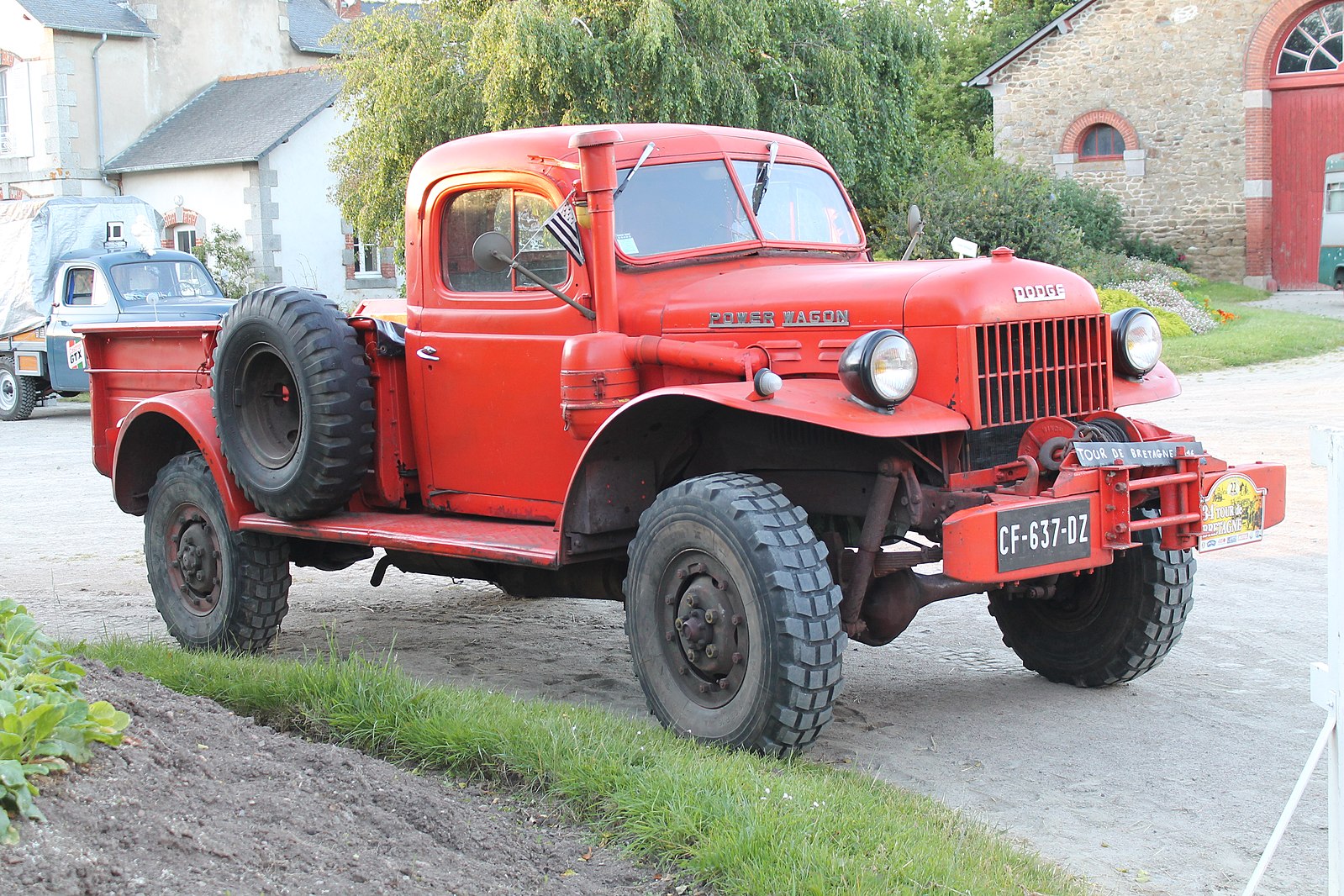
The Dodge Power Wagon was one of the first civilian 4×4 trucks, gaining popularity for its ruggedness and utility. Originally designed for military use during World War II, the Power Wagon’s durability and off-road capabilities made it an ideal choice for rural and rugged terrain, influencing the development of future four-wheel-drive trucks.
1949 Plymouth Special Deluxe
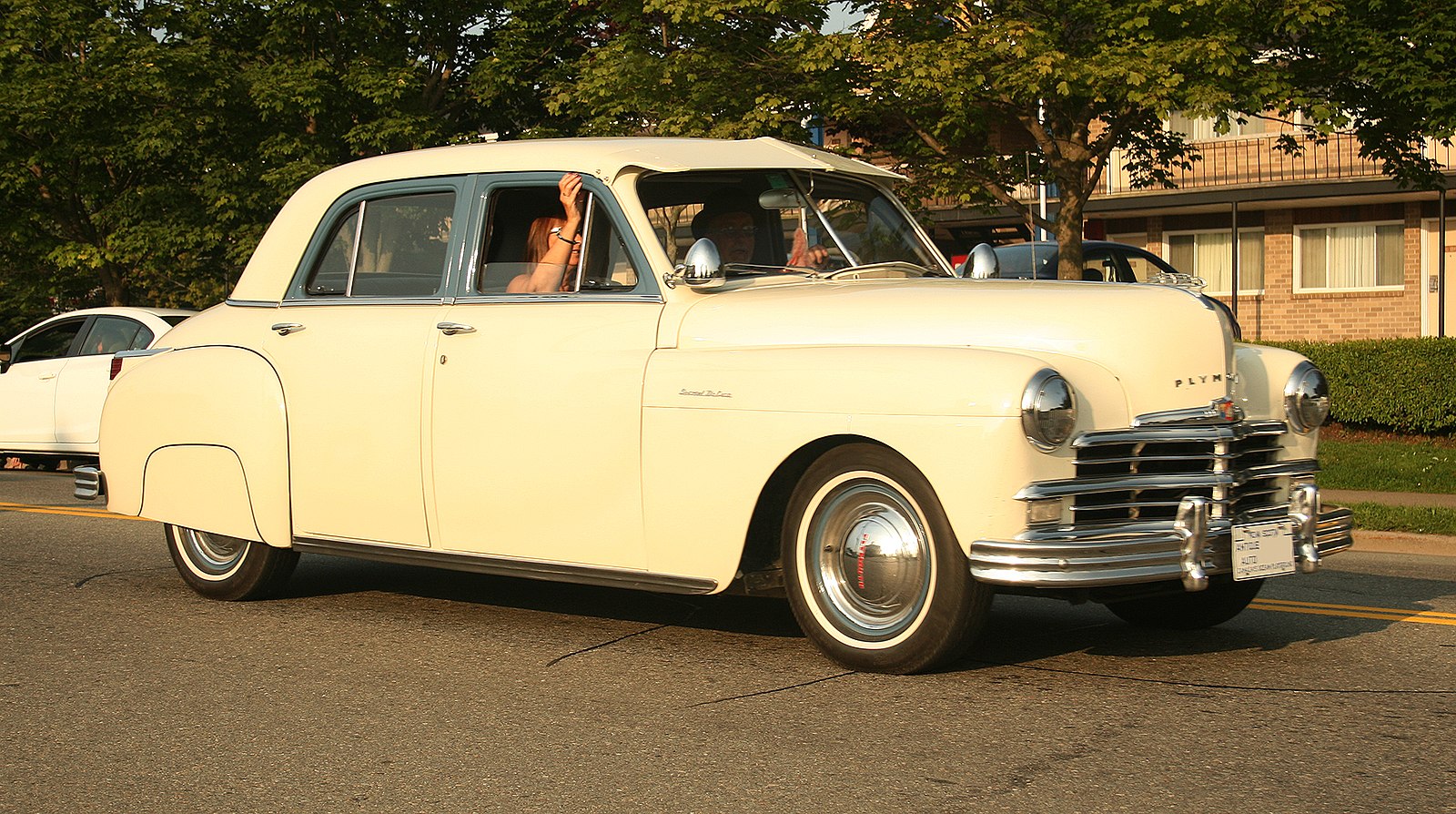
The Plymouth Special Deluxe was known for its value and reliability, offering solid performance and practical features at an affordable price. Its popularity stemmed from its straightforward design, roomy interior, and dependable flathead six engine, making it a favorite among American families.
1941 Graham Hollywood
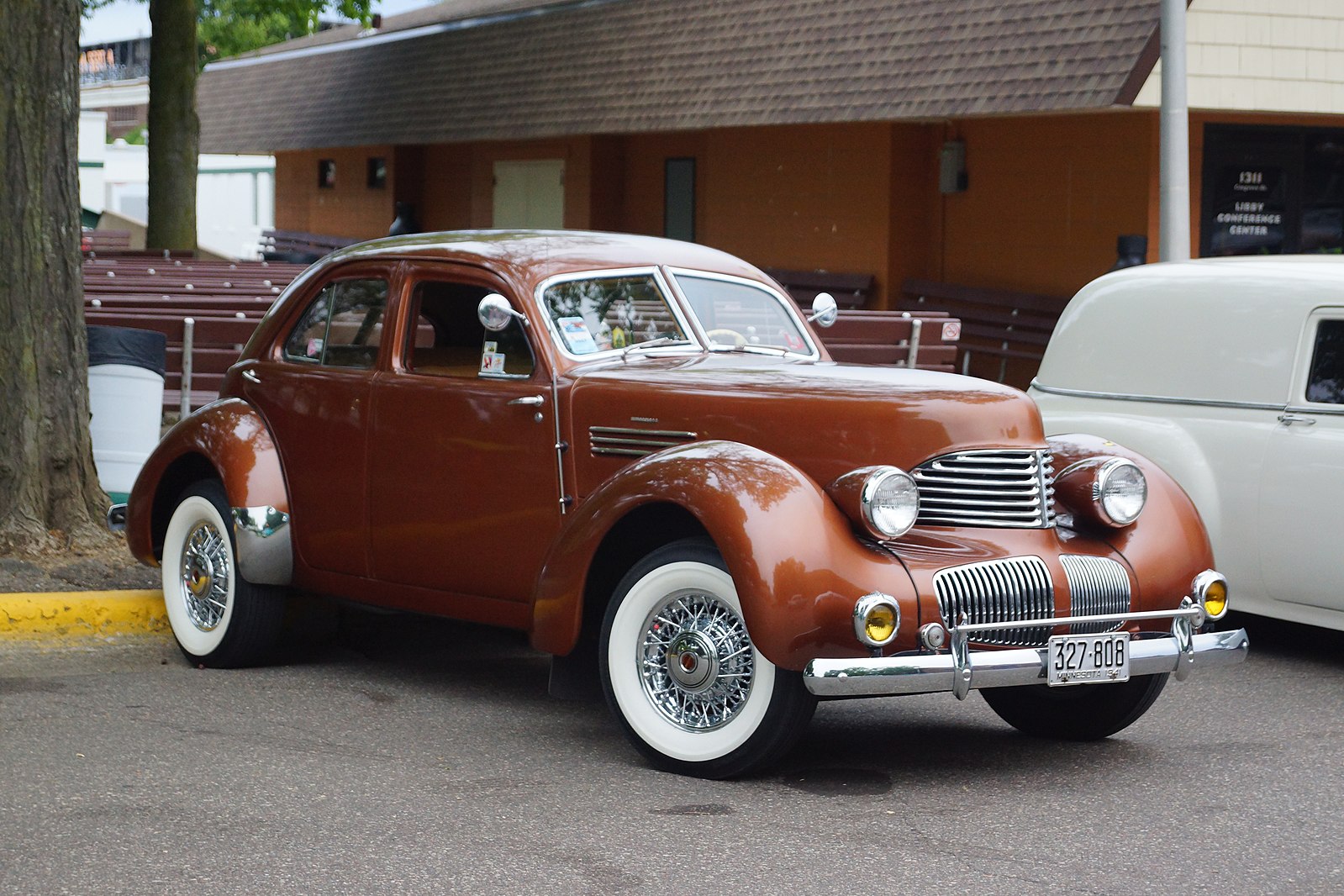
The Graham Hollywood was notable for its innovative design, featuring bodywork largely borrowed from the defunct Cord 810/812. Its sleek, aerodynamic shape and supercharged engine option made it a unique and desirable car of the era, though its high price and the company’s financial troubles limited its success.
1941 Lincoln Continental
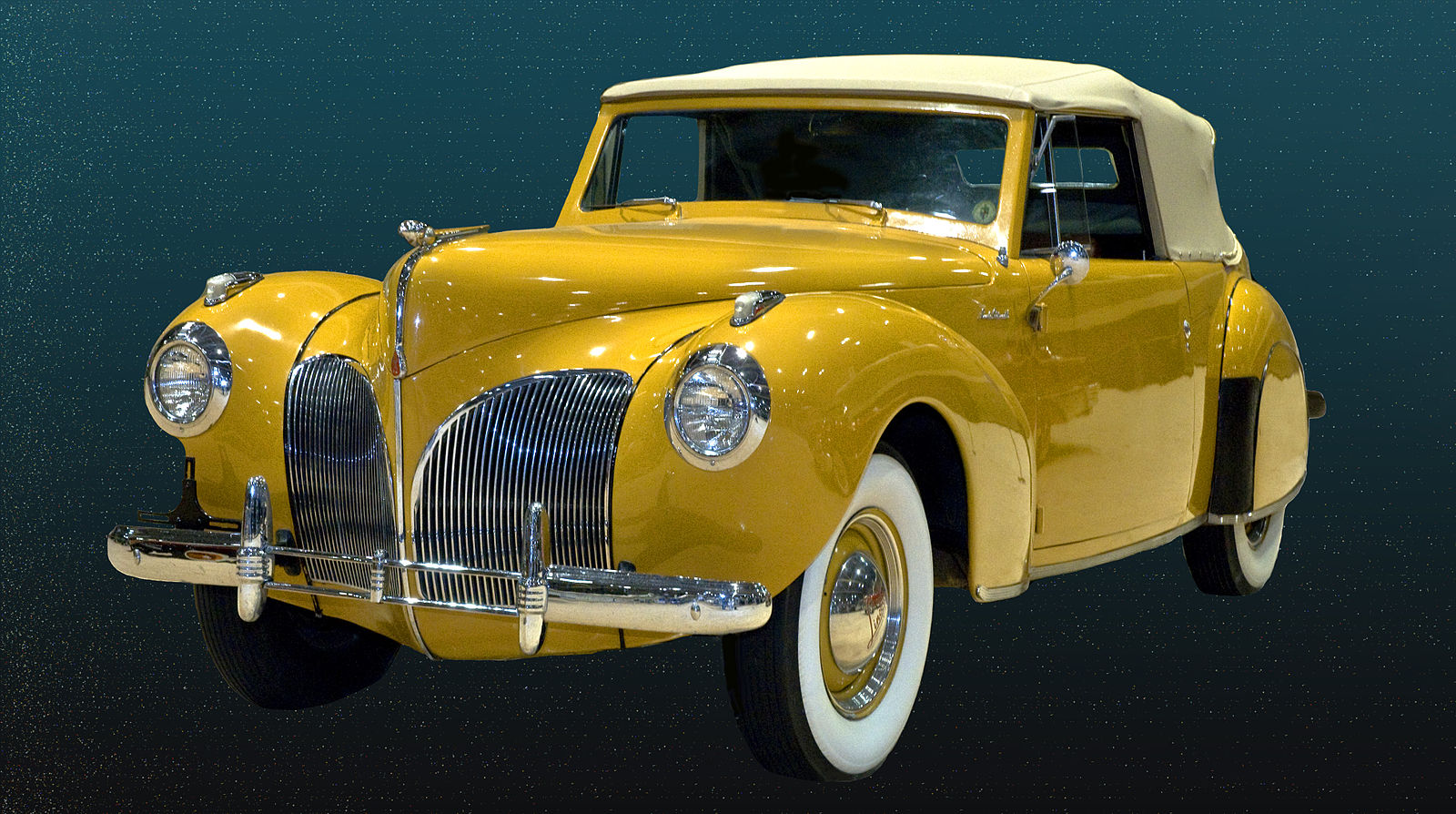
The Lincoln Continental, with its elegant, streamlined design by Edsel Ford and Bob Gregorie, set new standards for luxury and style. Its long hood, short trunk, and external spare tire became iconic design elements. The Continental was favored by celebrities and socialites, making it a hallmark of 1940s luxury.
1949 Studebaker Champion

The Studebaker Champion stood out for its innovative styling, which included a bullet nose front end that was futuristic at the time. Its fuel efficiency and affordable price made it popular in the post-war market, and it played a key role in Studebaker’s survival and success in the late 1940s.
This article originally appeared on MyCarMakesNoise.
More from MyCarMakesNoise
The Most Fuel-Efficient Motorcycles Revealed
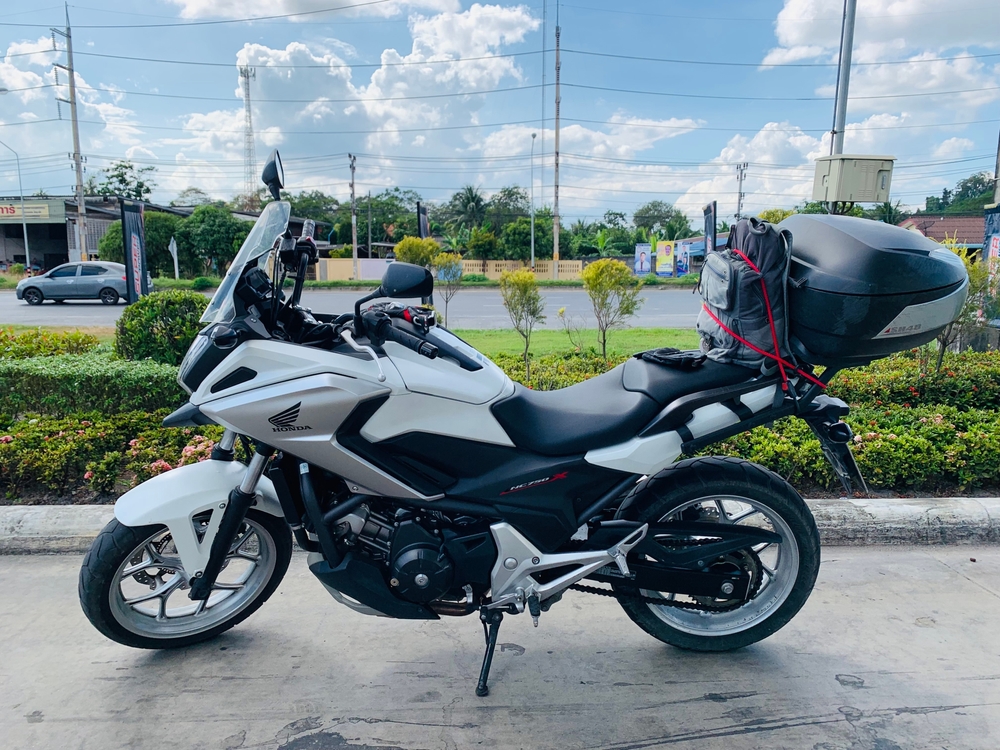
Whether you are an avid motorcyclist or considering the switch to this nimble form of transportation, this article will steer you toward the perfect balance of power, economy, and sustainability, making every ride a breeze. Read More.
10 Unusual Road Rules You`ll Encounter Internationally
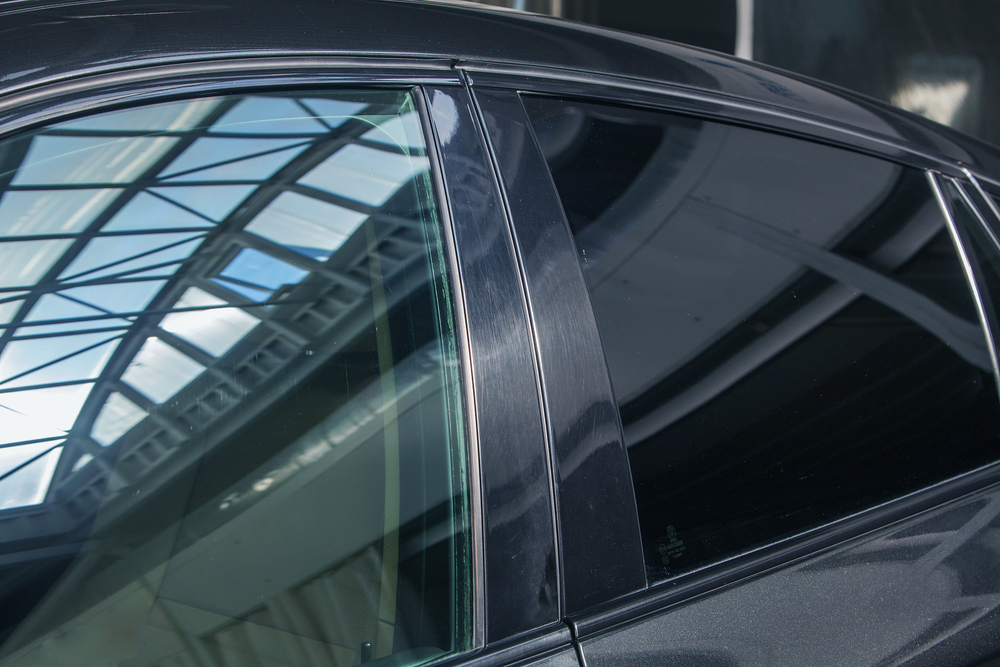
In this article, we’ll take you on a journey through the world’s weirdest car laws, revealing ten astonishing things you can’t do on the road. Read More.
Essential Motorcycle Accessories for Safety and Comfort
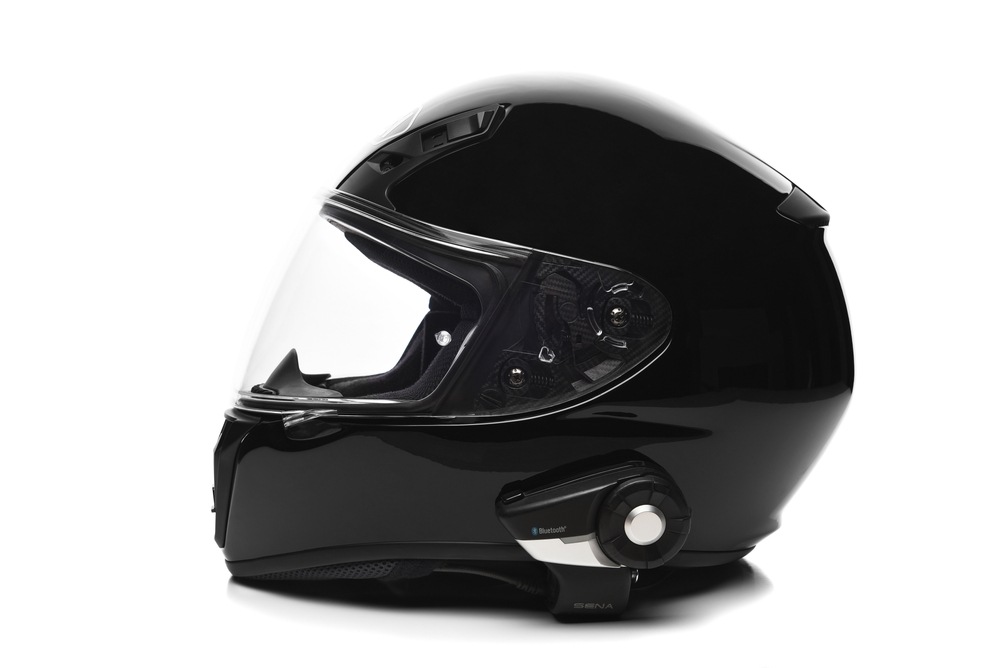
This article delves into those often overlooked essentials that not only elevate the riding experience but also ensure safety and convenience at every twist and turn. Read More.

